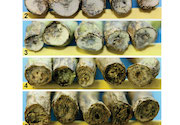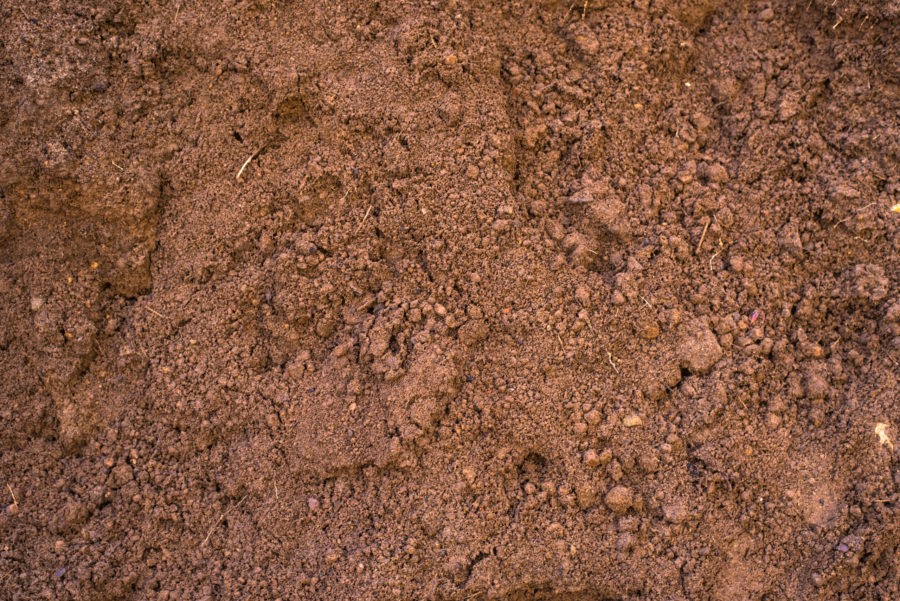| |
| |
 |
 |
| |
 |
|
@{mv_date_MMM d, yyyy}@ |
|
| |
 The Western Grains Research Foundation (WGRF) recently announced a $266,942 infrastructure investment for field equipment at the Chinook Applied Research Association in Oyen, Alta.
» Read more...
The Western Grains Research Foundation (WGRF) recently announced a $266,942 infrastructure investment for field equipment at the Chinook Applied Research Association in Oyen, Alta.
» Read more...
Manitoba Pulse and Soybean Growers has released a special edition of their publication, Pulse Beat, which provides a deeper dive into MPSG’s research activities.
» Read more...
Ideal applicants to the Appeals Board will have experience as owners and/or operators of a farming enterprise or experience providing financial advisory services to farming operations.
» Read more...
|
| |
 |
 |
| |
|
| |

Wild oat control isn’t the first thing on your list of things you love to do. But it is on ours. Varro ® herbicide puts you in control of wild oats and other tough grass weeds, such as Japanese brome, barnyard grass, canary seed, green foxtail, yellow foxtail and Persian darnel while also providing a broadleaf booster to enhance the performance of all broadleaf herbicides where Varro is tank mixed. A Group 2 graminicide, you can use Varro at one rate in over thirty registered and supported tank mixes, helping you manage resistance on your farm so you can get back to farming.
Get back to what you love.
» See our full lineup of cereal herbicides |
| |
|
| |
 Research co-led by Sheau-Fang Hwang and Steve Strelkov at the University of Alberta is further refining the blackleg yield loss model so that agronomists and farmers can more objectively evaluate the performance of their resistant canola hybrids. This research is particularly important because a shift in the L. maculans pathogen population has been identified.
» Learn more
Research co-led by Sheau-Fang Hwang and Steve Strelkov at the University of Alberta is further refining the blackleg yield loss model so that agronomists and farmers can more objectively evaluate the performance of their resistant canola hybrids. This research is particularly important because a shift in the L. maculans pathogen population has been identified.
» Learn more |
| |
 Late summer 2020 in Ontario saw concerning levels of corn rootworm damage on Bt rootworm hybrids in many areas, leading OMAFRA field crop entomologist Tracey Baute to think the rootworm are now resistant to this method of pest control. Baute recommends crop rotation as the best strategy to manage the rootworm problem until the situation is fully understood.
» Learn more
Late summer 2020 in Ontario saw concerning levels of corn rootworm damage on Bt rootworm hybrids in many areas, leading OMAFRA field crop entomologist Tracey Baute to think the rootworm are now resistant to this method of pest control. Baute recommends crop rotation as the best strategy to manage the rootworm problem until the situation is fully understood.
» Learn more |
| |
 |
 |
| |
|
| |
 While fall is the most ideal time for soil sampling, spring sampling often needs to happen. In this episode, John Heard, soil fertility specialist with Manitoba Agriculture, chats with ag editor Bree Rody about how to approach spring soil sampling, best practices for sampling and getting your soil in top shape as spring seeding approaches.
» Read more
While fall is the most ideal time for soil sampling, spring sampling often needs to happen. In this episode, John Heard, soil fertility specialist with Manitoba Agriculture, chats with ag editor Bree Rody about how to approach spring soil sampling, best practices for sampling and getting your soil in top shape as spring seeding approaches.
» Read more
Recently, sulphur has become a more frequent addition to nutrient management plans. A decline in soil test sulphur means farmers should plan to manage the nutrient just as they would with phosphorus or potassium. In this episode, Cristie Preston, senior agronomist with Nutrien, discusses why sulphur deficiency is more widespread than in the past, how to recognize the symptoms and application recommendations.
» Read more
|
| |
|
| |
 ESN’s coating encapsulates a soluble nitrogen fertilizer. The coating forms a protective barrier that acts as a semi-permeable membrane surrounding the fertilizer granule. Molecular-size pores in the polymer coating allow water to enter the granule, dissolving the soluble fertilizer which then diffuses out through the coating into the soil. The rate of the process is controlled by soil temperature.
» Continue Reading
ESN’s coating encapsulates a soluble nitrogen fertilizer. The coating forms a protective barrier that acts as a semi-permeable membrane surrounding the fertilizer granule. Molecular-size pores in the polymer coating allow water to enter the granule, dissolving the soluble fertilizer which then diffuses out through the coating into the soil. The rate of the process is controlled by soil temperature.
» Continue Reading |
|
 Soil is the foundation for every growing crop. Knowing how to manage nutrients for the soil type on your farm is key to optimizing crop performance and yields. From diagnostic tools to nitrogen fertilizer sources, Nutrien Senior Agronomist Dr. Alan Blaylock shares his insights on soil and nitrogen management. Learn how to manage nutrients for your soil type.
» Learn more about managing nutrients for your soil type
Soil is the foundation for every growing crop. Knowing how to manage nutrients for the soil type on your farm is key to optimizing crop performance and yields. From diagnostic tools to nitrogen fertilizer sources, Nutrien Senior Agronomist Dr. Alan Blaylock shares his insights on soil and nitrogen management. Learn how to manage nutrients for your soil type.
» Learn more about managing nutrients for your soil type |
| |
|
| |

|
| |
| |














